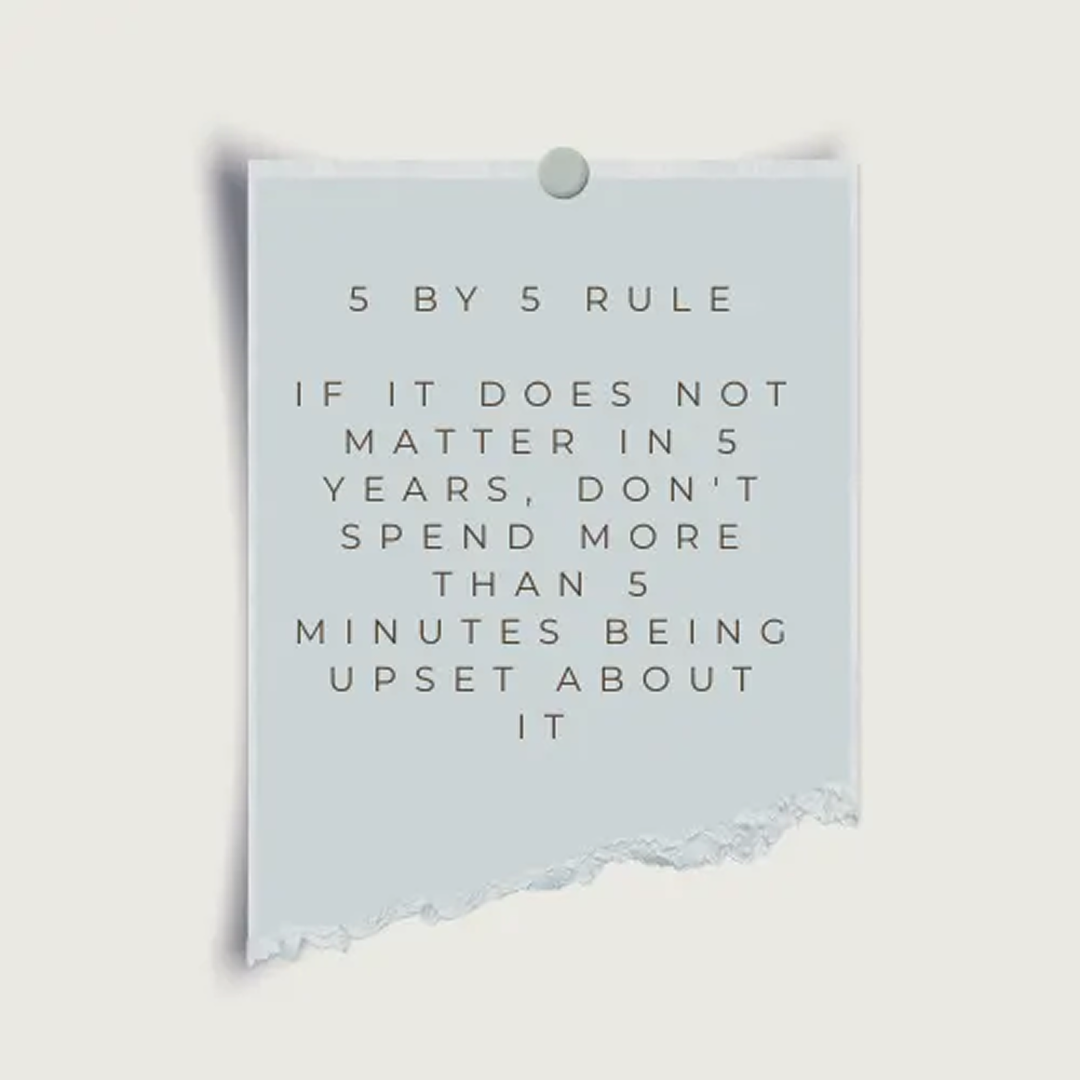Overcoming Anxiety: the surprising strategy that will help you take control

As someone who has struggled with anxiety for years, I know firsthand how overwhelming and debilitating it can be. It's easy to feel like you're drowning in a sea of negative thoughts and emotions, and it can be hard to know how to break free. But I've discovered a surprising technique that has helped me overcome my anxiety: scheduling time to feel anxious. By setting aside a limited amount of time to fully experience and process my anxious thoughts and emotions, I've been able to develop a healthier relationship with my anxiety and prevent it from controlling my life.
Embrace Your Anxiety: Why Scheduling Time to Feel It Is the Key to Moving Forward
The idea of scheduling time to feel anxious may seem counterintuitive at first. After all, isn't the goal to avoid anxiety and negative emotions? But research suggests that avoiding or suppressing emotions can actually make them more intense and persistent. By allowing ourselves to fully experience and process our emotions, we can gain a greater sense of control over them and prevent them from spiraling out of control.

Studies have found that scheduling time to worry or feel anxious can be an effective tool for managing anxiety symptoms. For example, a study published in the Journal of Consulting and Clinical Psychology found that individuals who engaged in a form of therapy that included scheduled worry time experienced a significant reduction in anxiety and worry symptoms (Hoyer et al., 2009). Another study published in Behaviour Research and Therapy found that individuals with generalized anxiety disorder who were instructed to engage in scheduled worry time experienced a decrease in anxiety symptoms, as well as improvements in mood and overall functioning (Brosschot et al., 2006). And a survey of 600 individuals with anxiety disorders found that practicing a "worry time" technique (which involves scheduling a specific time each day to worry) was associated with decreased anxiety symptoms and improved quality of life (Chang et al., 2013).
Tips and Techniques to Help You Refocus and Move Forward
- Shift your attention from your mind to your body. Engage in physical activities like working out, exercising, or practicing 5 senses meditations. This can help you reconnect with your body and reduce the power of negative thoughts.
- Engage in meditative activities that you enjoy. This could be anything from gardening to cooking to driving or painting, dancing.... By focusing on something you enjoy, you can shift your mind away from negative thoughts and emotions.
- Keep a Journal: Writing down your thoughts and feelings can help you process them more effectively
- Trust the process and stop focusing on the outcome: It's easy to get caught up in worrying about the future, but this can prevent you from taking action in the present. Remember that progress takes time, and focus on taking small steps forward.
- Practice gratitude: Take time each day to reflect on the things you're grateful for. This can help shift your mindset from one of anxiety and worry to one of positivity and appreciation.

Don't be afraid to seek professional help if your anxiety is impacting your daily life or causing significant distress. A mental health professional, therapist, or coach can provide additional support and guidance to help you manage your anxiety symptoms.
Scheduling time to feel anxious may seem counterintuitive, but it can be an effective tool for managing anxiety symptoms. By embracing your emotions and taking action to move forward, you can develop a greater sense of control over your anxiety and prevent it from holding you back. So go ahead and schedule some worry time - it just might be the key to unlocking a more peaceful and fulfilling life.
Ready to Boost Your Resilience? Sign Up for Reboost Today
If you're looking for a safe and supportive community to help you grow and develop, consider joining my Coaching Walkshop sessions: REBOOST. These types of communities provide a supportive environment where you can share your challenges and receive constructive feedback and tips for self-management and growth. Joining a coaching walkshop can help you develop new skills, build your confidence, and connect with like-minded people. check out the details and join the next session, here.